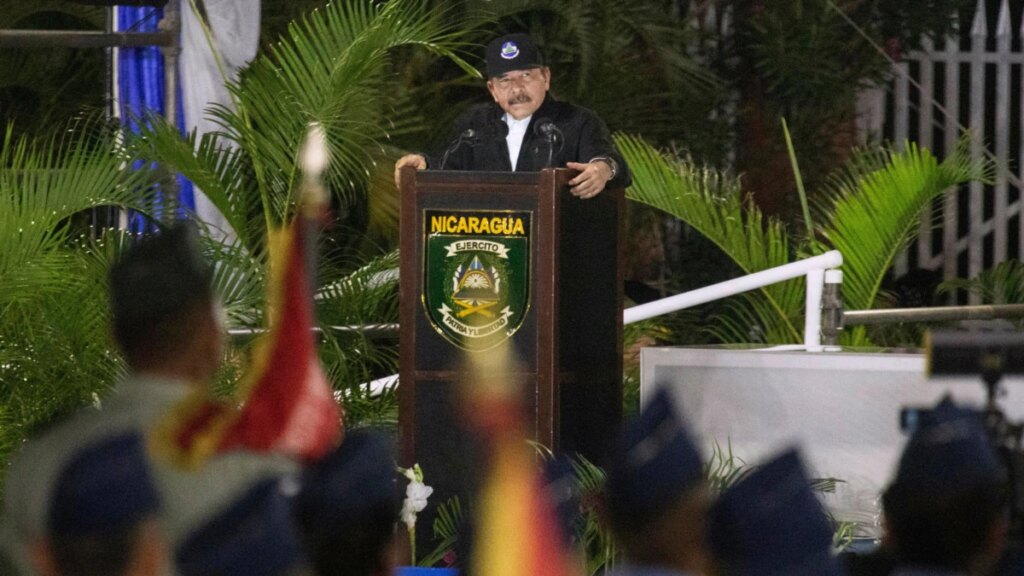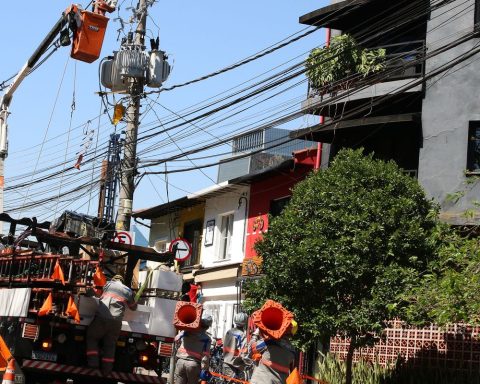The delay in authorization by the Federal Telecommunications Institute (IFT) to open the way to WiFi 6a new wireless technology that It already works in Brazilis depriving Mexican homes and businesses of a “historic” increase in Internet speed, according to industry experts.
WiFi 6 is part of a new generation of innovations, such as 5G technologywhich offers faster connection speeds and higher bandwidth.
Operates on radio frequency between 5925 and 7125 megahertz (MHz), usually called the 6 gigahertz (GHz) spectrum. While other countries in the region, such as Brazil, Chile and Guatemala, have already granted concessions for 6 GHz spectrum, Mexico’s Federal Telecommunications Institute (IFT) is still in the process of awarding licenses for this spectrum.
President Andrés Manuel López Obrador has pledged since his election campaign in 2018 to bring internet access to all of Mexico, yet only around 60% of the country’s households are connected, according to the latest IFT data.
Internet access is a challenge for most Latin American countries, where a large part of the population lives in rural areas.
The use of the 6 GHz segment would allow more frequencies to be available, which would mean an increase in the speed of devices connected to Wi-Fi networks.
Regulators, however, are still lagging behind in technological advances, said Carlos Rebellón, an executive at US chipmaker Intel.
“Wi-Fi 6 is a new, disruptive technology, and therefore it is a change that is interesting for startups or innovation companies, which are ready to implement it, but regulators are not ready,” said Rebellón, adding that the technology will mean the biggest jump in speed in the 20-year history of Wi-Fi.
Wi-Fi 6 is only available for phones and devices that support this connection. The latest releases from Apple, Samsung and Huawei already work with this technology, as well as new laptops from Asus, Dell and HP.
Pursuing a digital transformation through 5G and Wi-Fi is a challenge and requires steps to anchor the technology and make it available to the entire population, said Dr. José Luis Solleiro, from the Institute of Applied Sciences and Technological Development (ICAT) from Mexico.
“It is necessary to invest in research and innovation, not only in towers,” added Solleiro.
The IFT can approve the new frequency band to be used for Wi-Fi 6 in its entirety or use part of it to expand 5G services.
The United States allocated its 6 GHz band spectrum solely for Wi-Fi services, while Chile decided that the band will be shared between free use, Wi-Fi, and licensed use, leaving room for 5G.


















